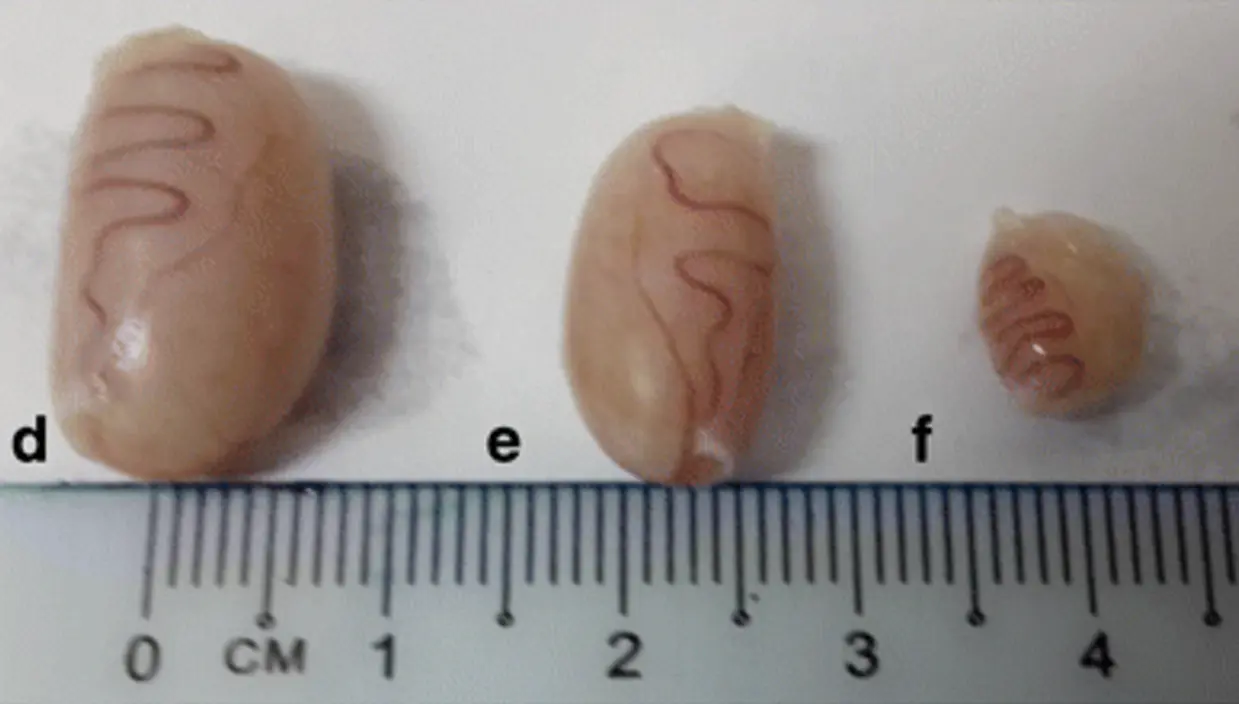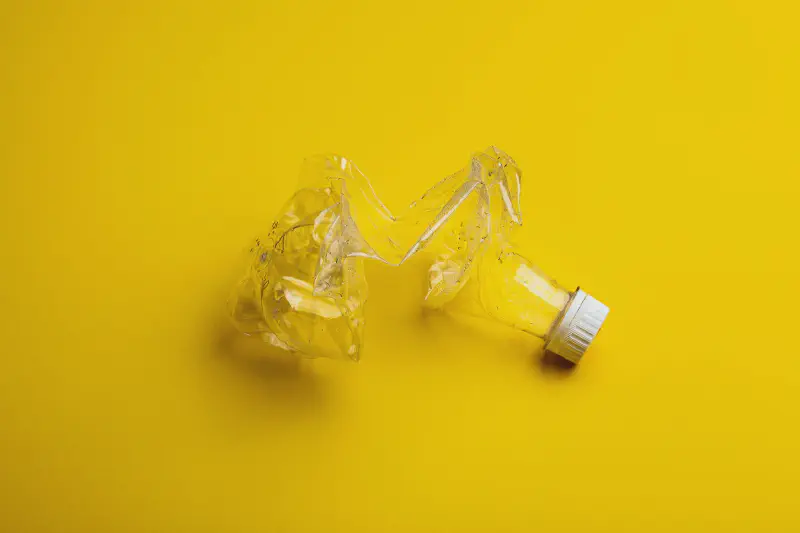Recently, I came across a research report on HN about the plastic components in common foods in the Bay Area. The original article is available at Plastic Report, and the website’s homepage lists hundreds of food test data, which I found to be of significant importance for daily life.
The PlasticList Report details a project that tested everyday foods for plastic-related chemicals, revealing the widespread presence of these chemicals in our food. The project was sparked by a tweet from Nat, and the team spent six months and approximately $500,000 testing 296 types of food for 18 plastic-related chemicals, including phthalates and bisphenols. The results showed that 86% of the tested foods contained plastic chemicals, particularly in baby food, prenatal supplements, and high-end health foods. Some products, such as boba milk tea, contained bisphenol A (BPA) levels far exceeding the safety limits set by the European Food Safety Authority (EFSA), with one cup of milk tea equivalent to 1.2 years of safe intake. Although most foods met the safety standards of the FDA, EPA, and EFSA, the team emphasized that these results are preliminary and should not be used as a basis for high-confidence conclusions or policy recommendations. The project calls for more scientific research to validate these findings and explore the potential health impacts of plastic chemicals. Particularly striking was the reference to the effect of DBP on testicle size, which completely changed my understanding of the impact of plastic products.

The testes of males injected with DBP showed severe damage—specifically, a reduction in size. In the image above, (d) is from a control rat, (e) is from a rat injected with 100 mg/kg, and (f) is from a rat injected with 500 mg/kg.
Brief Analysis of the Report
1. Project Origin
Background: The project was initiated by a tweet from Nat, and the team’s concern about endocrine-disrupting chemicals (EDCs) led them to conduct this research.
Motivation: The team aimed to scientifically understand the real intake of plastic chemicals by people and explore their potential health risks.
2. Project Execution
Team and Resources: The team consisted of four people and spent six months and approximately $500,000.
Laboratory Selection: The team contacted over 100 laboratories and ultimately chose one certified under ISO/IEC 17025 to ensure the accuracy and transparency of the tests.
Sample Collection: They collected 312 samples from 775 types of food, ultimately testing 705 samples from 296 foods (some samples were damaged during transport).
Testing Methods: They tested for 18 plastic-related chemicals, including phthalates, bisphenols, and their substitutes.
3. Test Results
Widespread Presence: Plastic chemicals were detected in 86% of the tested foods.
Specific Findings:
All baby foods, prenatal supplements, breast milk, yogurt, and ice cream contained at least one plastic chemical.
High-end and health foods (such as organic products and Whole Foods items) also commonly contained plastic chemicals.
Less processed foods had lower levels of these chemicals.
Hot foods in takeout containers had higher levels of plastic chemicals compared to the same dishes sampled directly from restaurants.
Exceeded Limits: Some products (e.g., Starbucks, Shake Shack, and Whole Foods items) had BPA levels exceeding EFSA limits, and some bottled waters had phthalate levels exceeding FDA limits.
4. Limitations and Significance of the Project
Limitations: The team emphasized that these results are preliminary and should not be used as a basis for high-confidence conclusions or policy recommendations. The results may be influenced by factors such as sample size and testing methods.
Significance: The project provides a starting point and inspiration for future research and calls for more scientific efforts to validate and expand on these findings.
5. Future Outlook
The team hopes their work will inspire more research into the health impacts of plastic chemicals and provide the public with more transparent information.
 As shown in the image, the BPA intake from one cup of boba milk tea is 1,628 times the daily safe intake for a 14 kg child and 325 times that for a 70 kg adult. Other items, such as wild tuna and salmon, also significantly exceeded safe limits.
As shown in the image, the BPA intake from one cup of boba milk tea is 1,628 times the daily safe intake for a 14 kg child and 325 times that for a 70 kg adult. Other items, such as wild tuna and salmon, also significantly exceeded safe limits.
Practical Advice for Daily Life
Baby Food and Prenatal Supplements:
- Note: All tested baby foods and prenatal supplements contained plastic chemicals. Parents are advised to choose baby foods free from plastic chemicals.
Takeout and Hot Foods:
- Note: Hot foods in takeout containers contain more plastic chemicals than the same foods sampled directly from restaurants. It is recommended to minimize the use of plastic containers for hot foods.
Bottled Water and Tap Water:
- Note: Some bottled waters had DEHP levels exceeding FDA limits. It is advisable to choose reliable water sources and consider using water filters.
Thermal Paper Receipts:
- Note: Thermal paper receipts contain high levels of bisphenols (e.g., BPS). It is recommended to reduce contact with thermal paper receipts, especially before and after handling food.
Food Processing Level:
- Note: Less processed foods contain fewer chemicals. It is advisable to prioritize fresh, minimally processed foods.
Cumulative Effects of Plastic Chemicals:
- Note: Exposure to plastic chemicals is cumulative. It is recommended to reduce the use of plastic products, especially plastic packaging and containers that come into contact with food.
Reliability of Safety Limits:
- Note: Current safety limits may have flaws. It is advisable to stay updated on relevant research and adjust habits based on the latest scientific evidence.
Conclusion
The PlasticList Report reveals the widespread presence of plastic chemicals in food and other materials and highlights their potential health risks. Although the study raises many questions, it also provides a starting point for future research. Individuals should adjust their habits based on the findings to reduce exposure to plastic chemicals, especially for sensitive groups such as infants and pregnant women.

